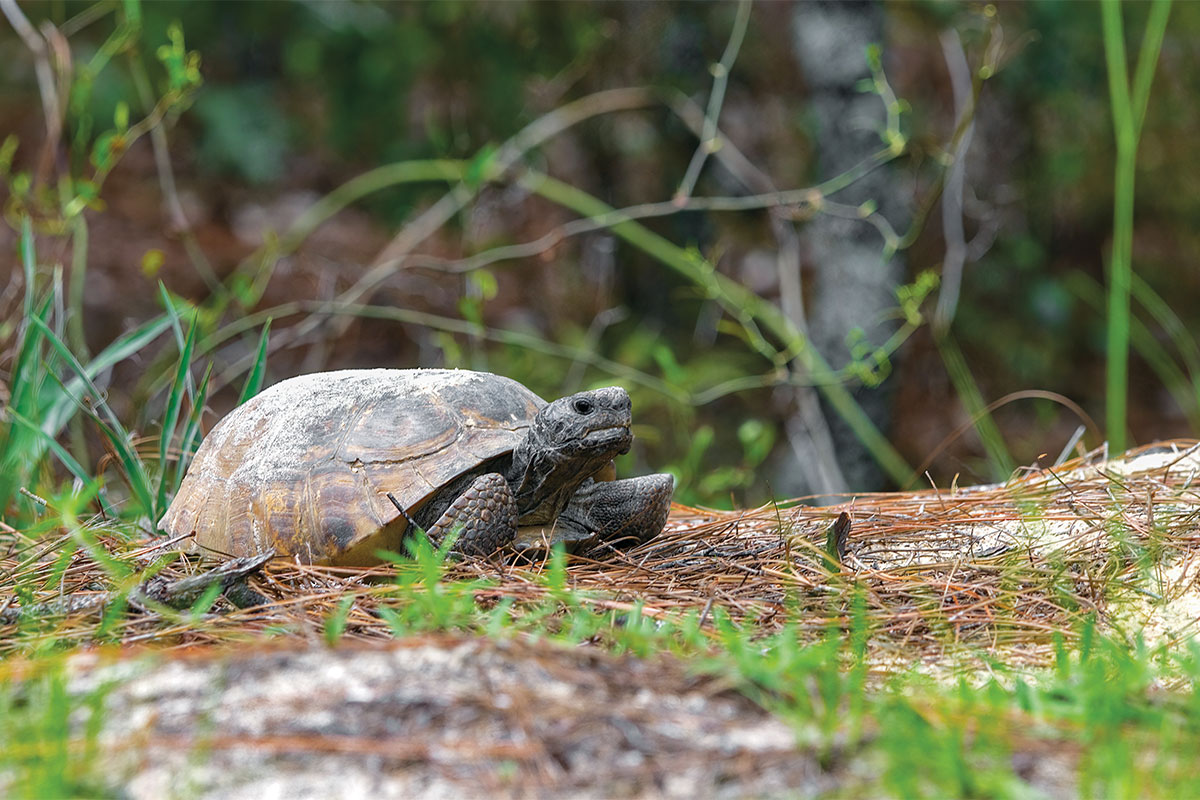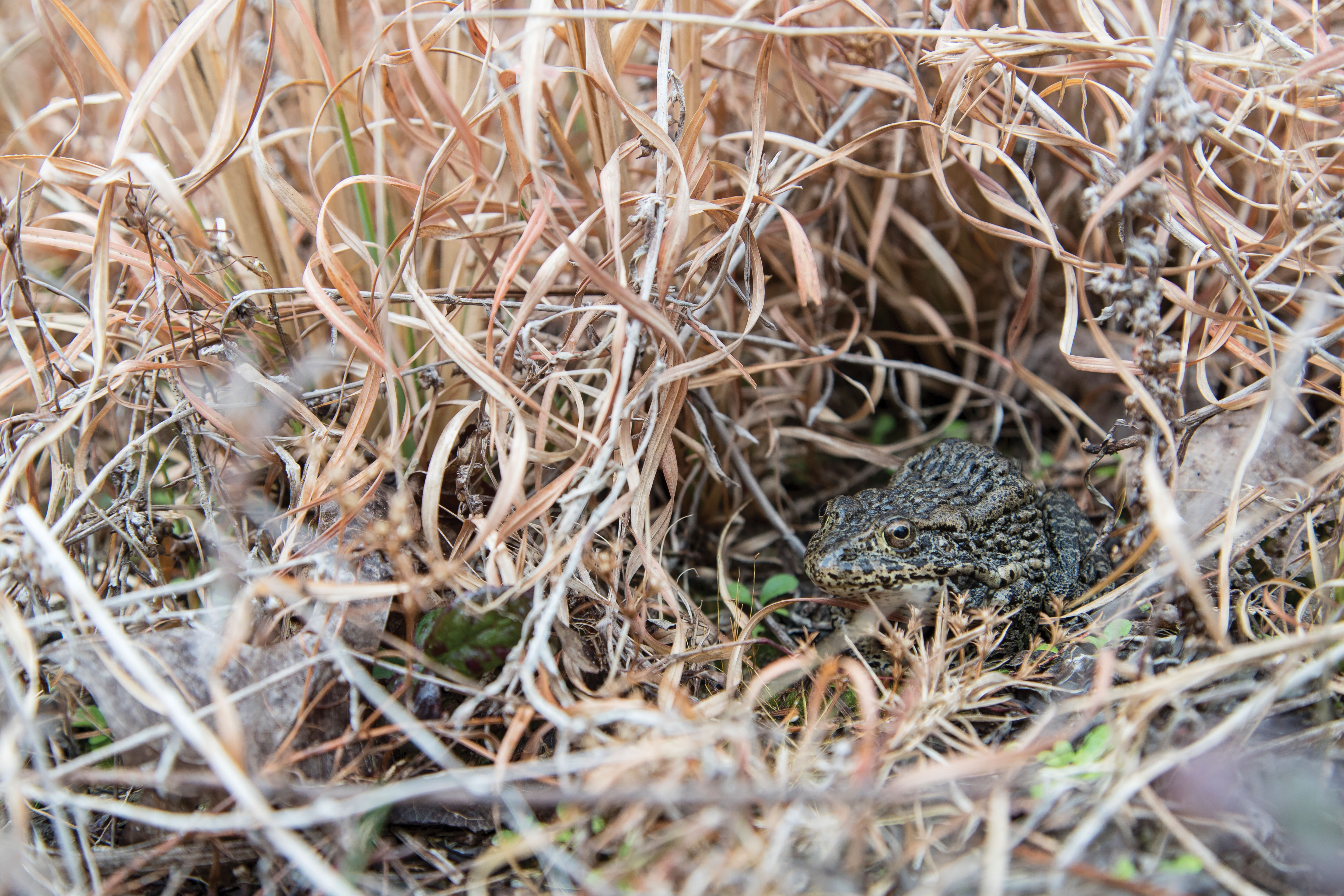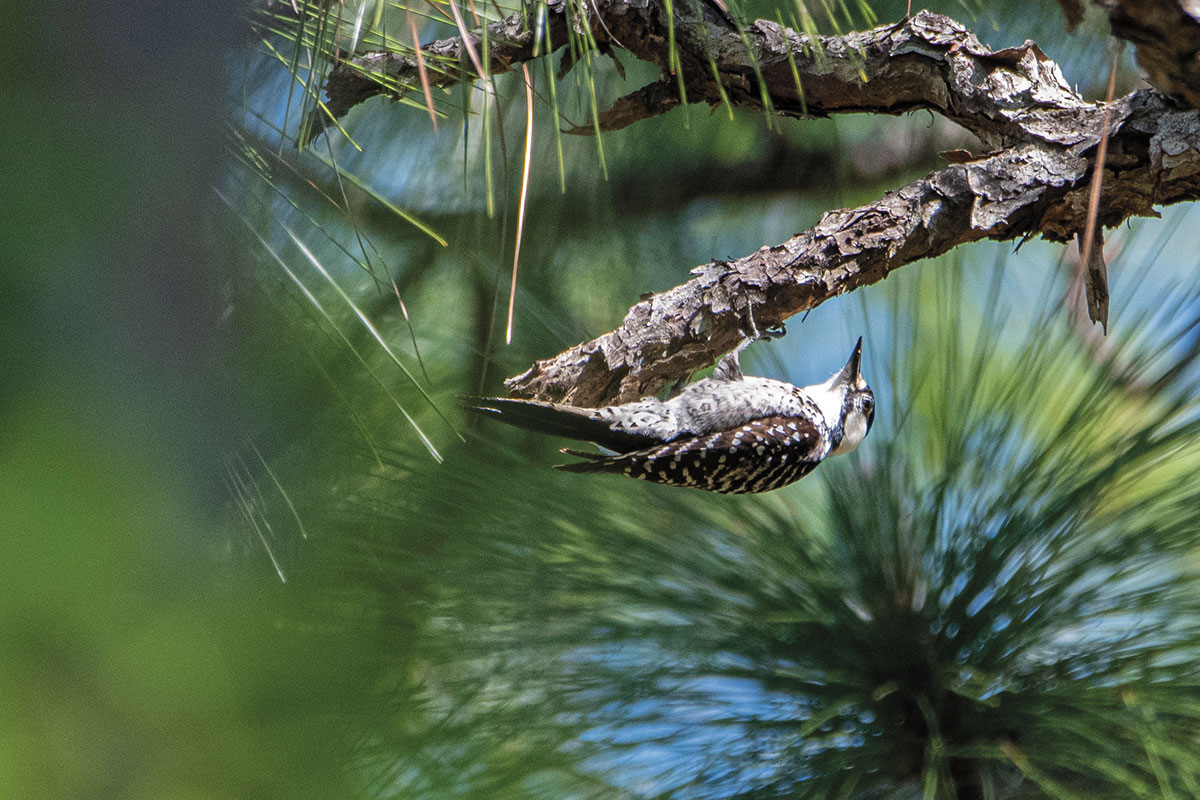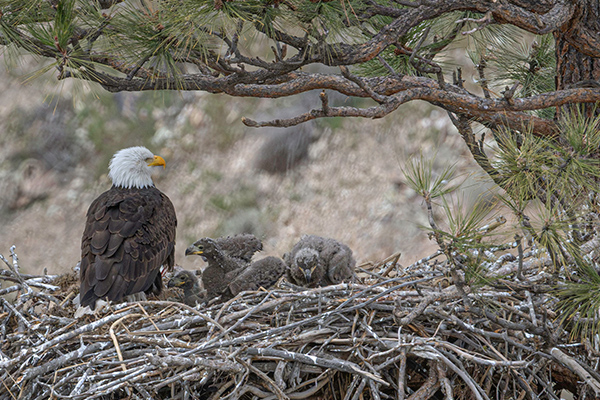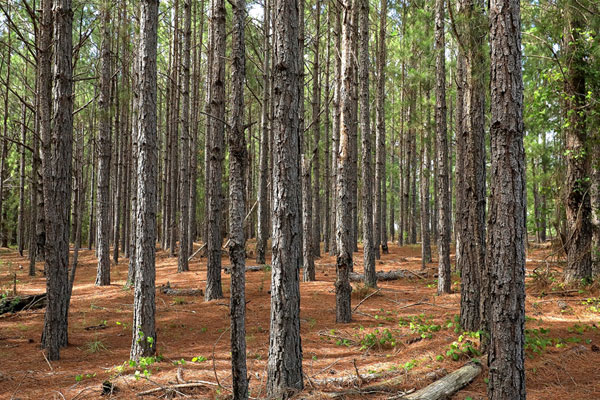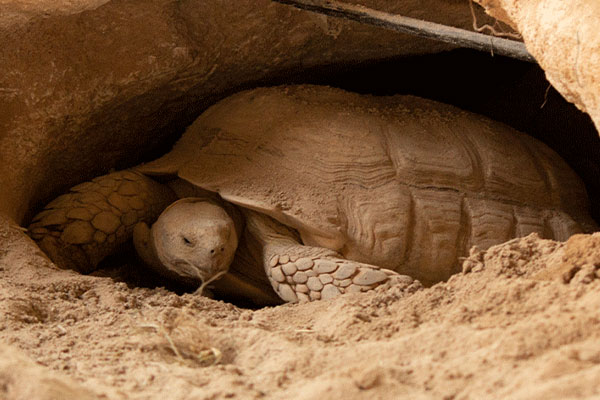
Slow And Steady? Not For This Burrowing Tortoise
As a ‘keystone species,’ the survival of the gopher tortoise means the survival of hundreds of other animals in the Longleaf Pine ecosystem. Learn how conservationists are working to protect this critical creature and the habitat it calls home.
The gopher tortoise takes its role as a ‘keystone species’ seriously.


